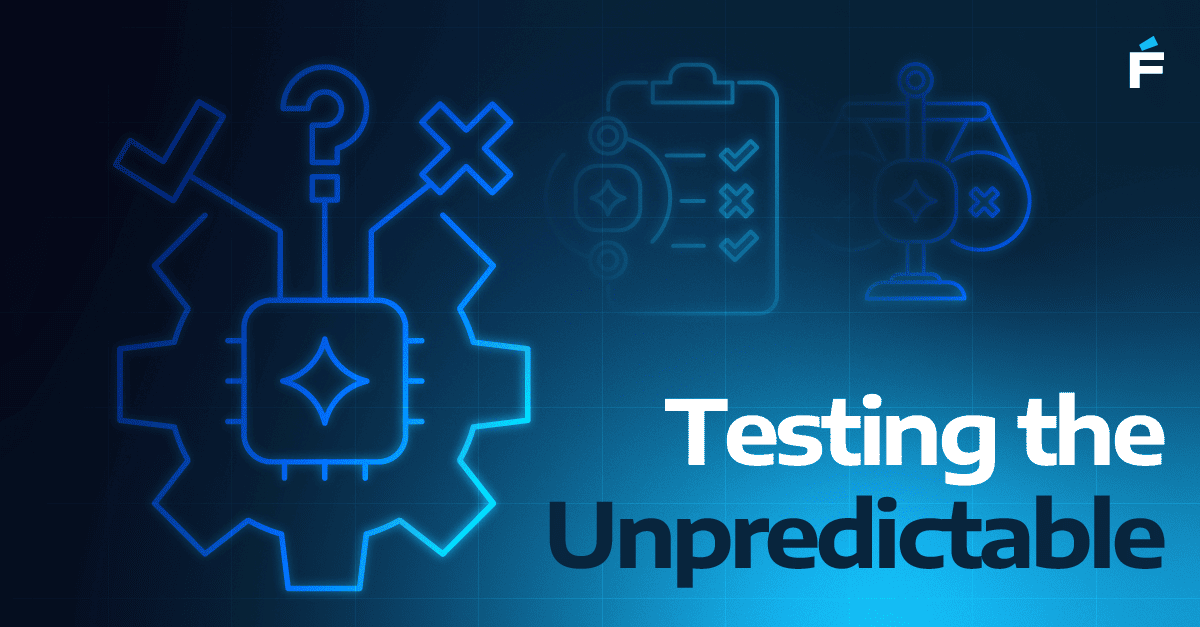In the latest episode of our podcast, Lucas Hendrich, CTO at Forte Group, sat down with Jo Wickremasinghe, Chief Product & Technology Officer (CPTO) at BPP, to discuss her career journey, the evolution of the CPTO role, and the challenges of digital transformation. This engaging conversation covered leadership insights, team building, and the intersection of technology and business. Here’s a recap of their discussion.
Jo Wickremasinghe's Career Path
Lucas Hendrich: Jo, thanks so much for joining me today. To kick things off, can you tell us a bit about your background and how you arrived at your current role?
Jo Wickremasinghe: Absolutely! I was born and raised in Australia, but I’ve been in the UK for over 25 years now. I started my career as an aerospace engineer at Airbus, working in Bristol. However, I soon realized that the pace of innovation in aerospace wasn’t quite what I had envisioned. Around the early 2000s, during the dot-com boom, I made the leap into tech and landed a job at Microsoft. That’s where I truly discovered my passion for digital products and web technologies.
While at Microsoft, I moved from project management to product management because I wanted to influence not just how things were built but what we were building and why. Over time, I’ve worked across various industries—media, health tech, property, and now ed tech—always looking for exciting problems to solve with technology.
Advice for Young Professionals
LH: It’s fascinating how many people in our field didn’t plan their paths in tech but found their way through curiosity and opportunity. Given your journey, what advice do you give to young professionals trying to map their careers?
JW: Honestly, most people I know aren’t doing what they studied at university. In tech, people come from all kinds of backgrounds. The key is to develop problem-solving skills and a learning mindset. I tell young professionals, including my own 14-year-old son, that it’s less about choosing the “perfect” degree and more about staying adaptable. The jobs they’re preparing for today will likely evolve or change entirely in the next decade. So, focus on skills like analytical thinking, creativity, and resilience—those will always be valuable.
Evolution of the CPTO Role at BPP
LH: Speaking of adaptability, let’s talk about your current role. The CPTO position, which merges product and technology leadership, wasn’t always common. How did you shape this role at BPP?
JW: That’s right—CPTO isn’t a widely adopted title yet, but I’ve seen it make a lot of sense in companies that prioritize digital transformation. When I was approached for a Chief Digital Officer role at BPP, I saw that what they really needed was a combination of technology leadership and product vision. I proposed making it a CPTO role, and fortunately, the leadership team agreed.
This role allows me to align engineering, digital platforms, and product strategy under one vision, reducing the friction that often exists between separate CTO and CPO functions. It’s been rewarding but also a huge responsibility to balance both sides effectively.
Balancing Innovation with Constraints
LH: That alignment is so critical, especially in investor-backed companies where technology is a key driver of business outcomes. How do you balance the need for innovation with financial and operational constraints?
JW: It’s all about prioritization and delivering incremental value. Digital transformation often fails when companies invest heavily without seeing returns for too long. My approach is to break large initiatives into smaller, measurable wins. At BPP, we are modernizing our platforms while ensuring that each step delivers tangible business value.
We maintain a structured roadmap with a three-year vision, but we continuously refine our approach quarterly and even monthly. That discipline keeps us aligned with both business goals and market shifts.
Evaluating Talent in Product and Engineering Teams
LH: You mentioned hiring earlier—how do you evaluate talent, especially for product and engineering teams?
JW: I look for problem solvers over people who simply know frameworks. When interviewing, I ask candidates about the hardest problems they’ve faced, how they approached them, and what they learned. Red flags for me include candidates who rely too much on textbook methodologies without demonstrating real-world application.
In today’s landscape, great engineers and product managers need to think beyond their functional expertise. They should understand the business impact of their work, whether that’s revenue growth, customer experience, or operational efficiency.
The Evolving Role of Engineers
LH: That aligns with something I’ve been thinking about—the evolving role of engineers. With AI and automation handling many of the traditional technical challenges, do you think engineers now need stronger business acumen?
JW: Absolutely. Engineers can no longer afford to operate in silos. Technology is an enabler, but what matters is how it solves real-world problems. I encourage my teams to engage with stakeholders, understand customer pain points, and think holistically about product success. One of our engineers recently solved an inefficiency in our facilities team’s workflow—something that had nothing to do with core development but significantly improved internal operations. That level of cross-functional thinking is invaluable.
Key Leadership Lessons
LH: Finally, as someone who has navigated leadership roles in fast-moving industries, what leadership lessons have been most impactful for you?
JW: One major lesson is the importance of clear communication and stakeholder engagement. Technology leaders need to be translators—bridging technical complexity with business objectives. Another key lesson is embracing structured flexibility. While we have long-term strategies, agility is critical. We need to continuously adjust and refine our approach to stay relevant.
Lastly, I believe in investing in people. Supporting career growth, fostering a learning culture, and creating opportunities for employees to solve meaningful problems is what truly builds a great organization.
Closing Thoughts
LH: Jo, this has been an incredible conversation. I really appreciate your insights, and I’m sure our listeners will, too. Any final thoughts?
JW: Just that it’s been a pleasure! It’s always valuable to step back and reflect on these experiences. Thanks for having me.
Conclusion
Jo Wickremasinghe’s journey from aerospace engineering to leading technology and product teams is a testament to the power of adaptability, problem-solving, and continuous learning. As technology continues to evolve, leaders who can bridge the gap between product strategy and engineering execution will be increasingly valuable.
Stay tuned for more conversations with industry leaders as we explore the intersection of technology, business, and innovation.



